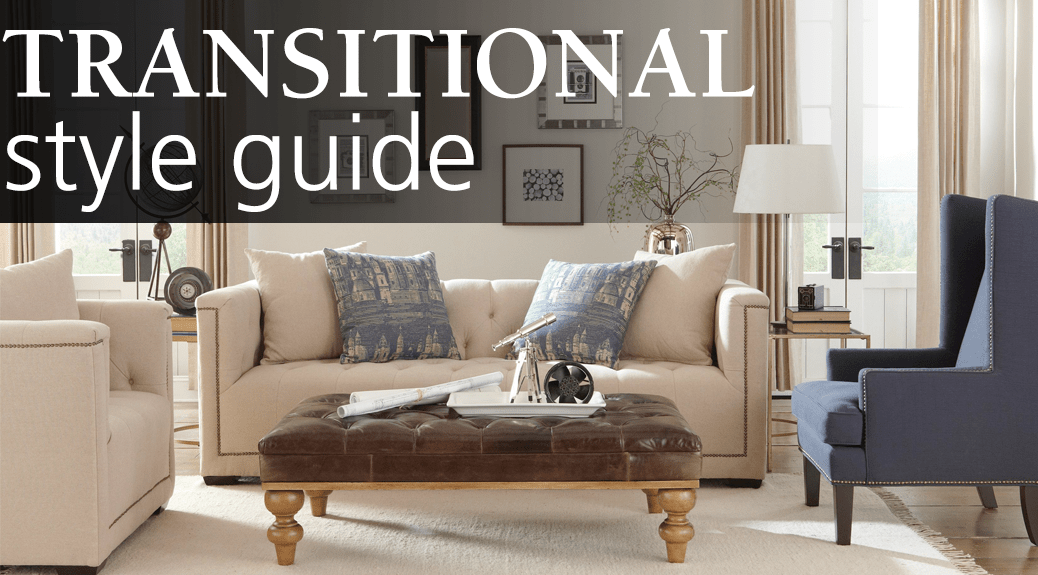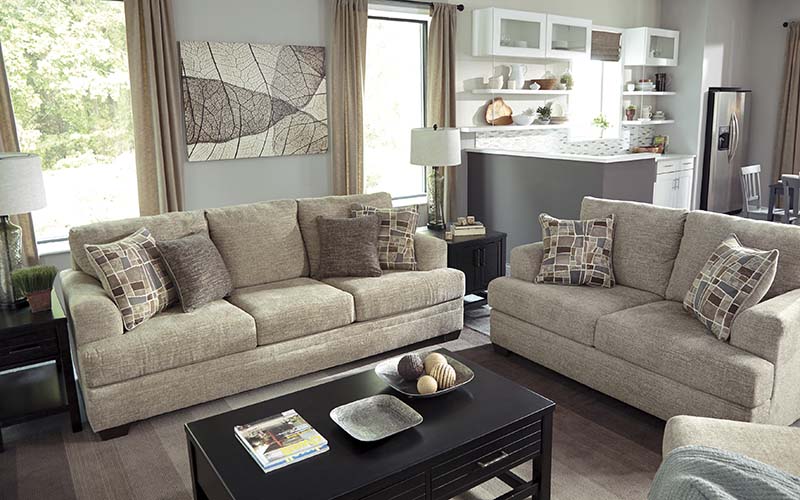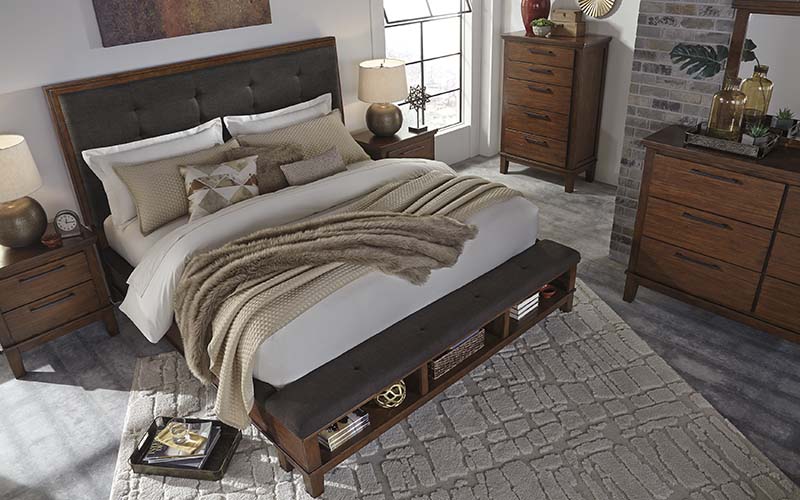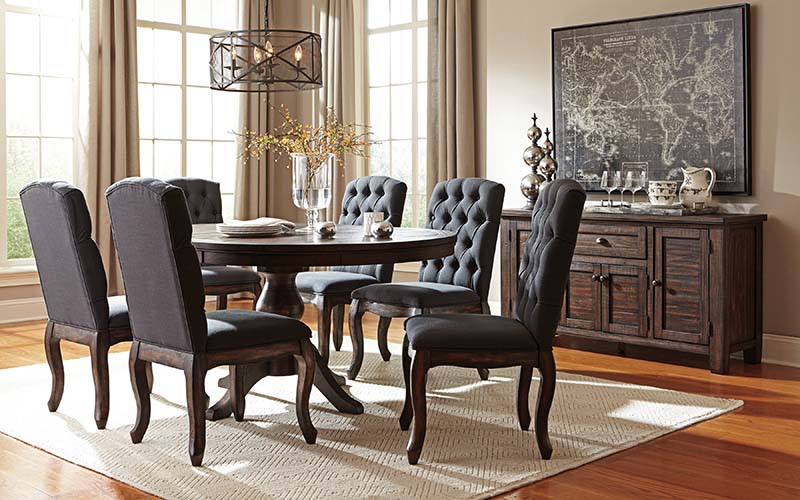Interior Design Style Guide: Transitional

Updated 12/13/2018
You’re the sort of person who doesn’t like to be pigeonholed. You love gray areas—and the color gray. You believe a glass of champagne pairs perfectly with a slice of pizza, and you’ve been known to serve takeout on your best china. You’ve mastered the art of the high-low outfit, and you can get just about anyone to play nicely together.
If this sounds familiar, then the transitional aesthetic is your style match. We’ll show you how to create a space that’s chic but not fussy, clean yet comfortable.
Words to Describe Transitional Style
- Balanced
- Enduring
- Gracious
- Harmonious
- Posh
- Refreshed
- Sophisticated
- Timeless
- Versatile
- Warm

To borrow from Goldilocks, transitional style is the “just right” between traditional and contemporary aesthetics. It effortlessly blends the old and the new, the masculine and the feminine, the luxe and the light, creating a look that’s simultaneously timeless and fresh.
Key Components of Transitional Furniture
- Clean shapes
- Minimal embellishment
- Rounded profiles
- Soft, neutral upholstery
- Straight lines
- Warm wood tones

Elements of Transitional Interiors
- Few accents
- Clean lines
- Layered textures
- Luxe materials
- Monochromatic palettes
- Neutral hues
- Sculptural details
- Understated patterns

How do you feel about transitional design? Do you embrace transitional style in your home? Share photos with us on the Homemakers Furniture Facebook page or on Instagram.
Interested in learning about other design styles? Check out our collection of videos and infographics on all interior design styles. And stay tuned for a brand new design style feature coming soon!
Related Articles

Designer Series: Hal Davis
Designer Series - Hal Davis

Celebrate Yourself this Valentine's Day

.jpg?sw=408&sh=245&sm=cut&q=65)